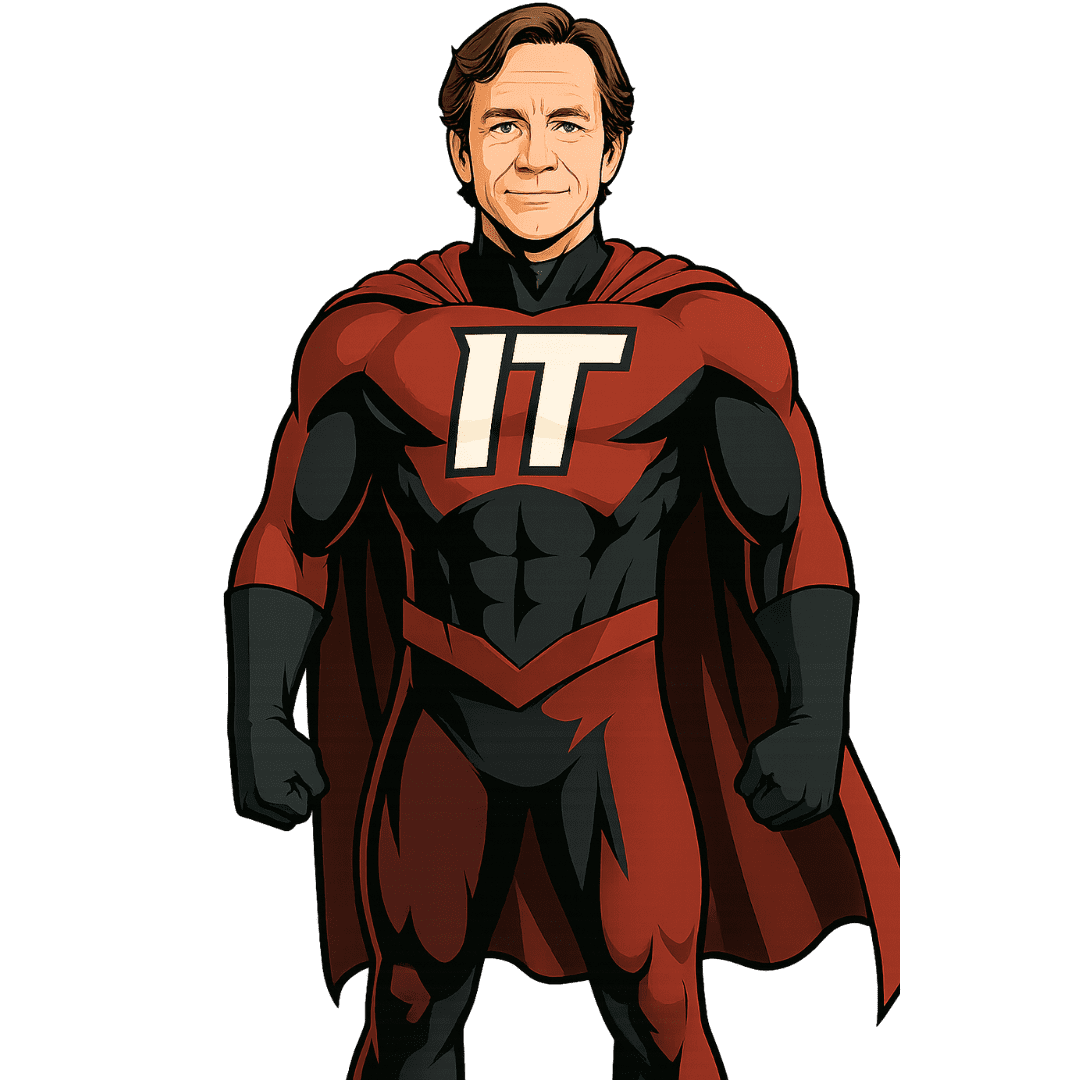With the world we live in today, understanding cybersecurity is not just the domain of IT professionals. Business owners, IT directors, CTOs, and CEOs must grasp essential cybersecurity concepts to protect their organizations from cyber threats. This article aims to demystify cybersecurity by explaining key terms that every business leader should know, ensuring your business remains secure and resilient.

1. Malware
Malware, short for malicious software, refers to any software designed to cause damage to computers, servers, or networks. Common types of malware include viruses, worms, Trojan horses, ransomware, and spyware. Understanding how malware operates and spreads is crucial for implementing effective defense mechanisms.
2. Phishing
Phishing is a cyberattack technique where attackers impersonate legitimate entities to trick individuals into divulging sensitive information, such as usernames, passwords, and credit card details. These attacks are usually carried out through email, social media, or fraudulent websites. Recognizing phishing attempts and training employees to identify them is essential for safeguarding sensitive data.
3. Firewall
A firewall is a network security device that monitors and controls incoming and outgoing network traffic based on predetermined security rules. Firewalls create a barrier between trusted internal networks and untrusted external networks, such as the internet. Implementing robust firewall protections helps prevent unauthorized access to your network.
4. Encryption
Encryption is the process of converting data into a coded format to prevent unauthorized access. It ensures that only authorized parties can read the data. Encryption is vital for protecting sensitive information, such as financial transactions, personal data, and confidential communications, from cybercriminals.
5. VPN (Virtual Private Network)
A VPN is a service that creates a secure, encrypted connection over a less secure network, such as the Internet. VPNs are used to protect online activities and ensure privacy when accessing the internet or connecting to remote networks. They are especially important for businesses with remote employees who need secure access to company resources.
6. Two-Factor Authentication (2FA)
Two-Factor Authentication adds an extra layer of security by requiring not only a password and username but also something that only the user has on them, i.e., a piece of information only they should know or have immediately to hand – such as a physical token. Implementing 2FA reduces the risk of unauthorized access to sensitive systems and data.
7. Ransomware
Ransomware is a type of malware that encrypts a victim’s files and demands a ransom payment to restore access. It can paralyze business operations and result in significant financial losses. Understanding ransomware and having a robust backup and recovery plan are critical to mitigating its impact.
8. Zero-Day Exploit
A zero-day exploit is a vulnerability in software that is unknown to the vendor and has no patch or fix available. Cybercriminals exploit these vulnerabilities to launch attacks before the vendor can issue a security update. Staying informed about zero-day exploits and applying security patches promptly helps protect your systems.
9. Incident Response Plan
An Incident Response Plan (IRP) is a documented, structured approach for handling and managing security incidents. It outlines procedures for detecting, responding to, and recovering from cyberattacks. Having a well-defined IRP minimizes damage and ensures quick recovery from security breaches.
10. Penetration Testing
Penetration testing, or pen testing, involves simulating cyberattacks on your system to identify vulnerabilities that could be exploited by hackers. Regular pen testing helps in strengthening your security posture by revealing and addressing weaknesses in your defenses.
11. Cybersecurity Framework
A cybersecurity framework provides a structured approach to managing cybersecurity risks. The NIST Cybersecurity Framework, for example, consists of five core functions: Identify, Protect, Detect, Respond, and Recover. Adopting a cybersecurity framework helps organizations establish comprehensive security practices.
12. Defense in Depth
Defense in Depth is a multi-layered approach to security that includes multiple defenses to protect against cyber threats. Like layers of an onion, it involves various security measures at different points in a network, making it harder for attackers to penetrate and compromise systems.
13. Governance
Governance in the context of IT refers to the system of rules, practices, and processes by which IT resources are managed and aligned with business objectives. Effective governance ensures that IT investments support business goals and that risks are managed appropriately.
Enhancing Your Cybersecurity Posture with Kirkham IronTech
Understanding these essential cybersecurity terms empowers business leaders to take proactive measures to protect their organizations from cyber threats.
For those looking to enhance their cybersecurity posture, Kirkham IronTech offers a comprehensive cybersecurity and IT infrastructure assessment. Our unique three-pillar approach—focusing on Cybersecurity, IT Infrastructure, and Governance—ensures a holistic and robust defense against emerging threats.
By integrating these key cybersecurity concepts and leveraging Kirkham IronTech’s expertise, you can enhance your organization’s security posture and focus on your core business with confidence.

 Tom Kirkham brings more than three decades of software design, network administration, and cybersecurity knowledge to organizations around the country. During his career, Tom has received multiple software design awards and founded other acclaimed technology businesses.
Tom Kirkham brings more than three decades of software design, network administration, and cybersecurity knowledge to organizations around the country. During his career, Tom has received multiple software design awards and founded other acclaimed technology businesses.
